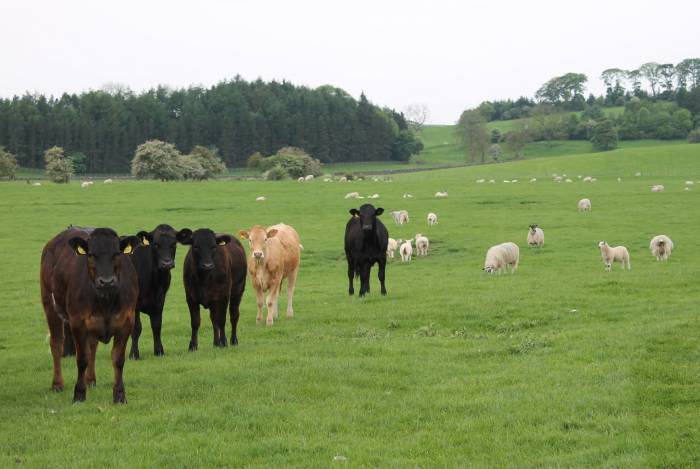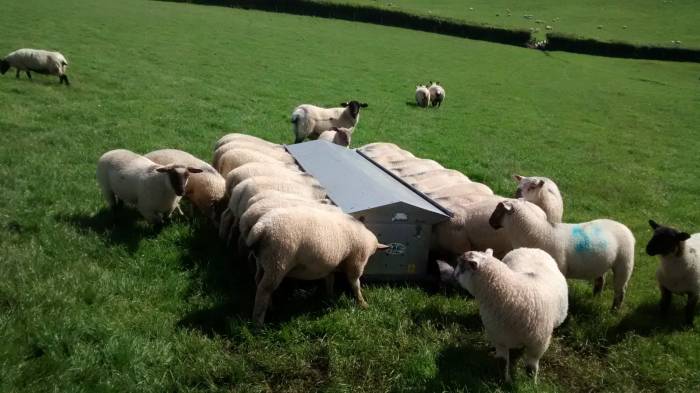There are a number of other management actions that can be used to help reduce the level of challenge by parasites and our reliance on anthelmintics. These include:-
- Weaning: From about 12 weeks of age, lambs can be weaned and moved to less heavily contaminated grazing, avoiding the high levels of infectivity on pastures they have grazed with their mothers since turnout. Silage / hay aftermaths can be used or grazing that has carried cattle since turnout.
- Grouping lambs by age: Keeping lambs in tight age groups at turnout has benefits when it comes to the need for treatment and the usefulness of faecal egg counts (FECs) in determining treatment requirements. It also helps with other management actions, such as weaning and withdrawal periods post treatment when drawing for market.
- Grazing by mature ewes: Mature ewes in good body condition can be used post-weaning to reduce the level of contamination on high-risk pastures that have carried ewes and lambs since the spring. These animals have very low worm burdens themselves and are therefore producing very low FECs. However, they are ingesting large quantities of infective larvae and are effectively killing them off, thus reducing the overall level of contamination on that pasture for late in the season and/or next spring (NB this does not affect the nematodirus risk the following spring).
- Mixed grazing and reduced stocking densities: The level of contamination on a pasture can be reduced by grazing cattle (not goats) and sheep together because it reduces the stocking density of the host species (cattle and sheep worms are different species). However, this can make pasture utilisation more difficult so a system of rotation between cattle and sheep during the season may be more practical.
- Nutrition: It is well documented that sheep under nutritional stress are less able to withstand a challenge from internal parasites. This should be considered as part of the overall management plan, using condition scoring to determine the need to drench mature sheep for example as an integral part of a parasite control strategy. It also known that ewes fed a ration that has high levels of undegradable protein will produce fewer worm eggs in their dung around lambing, and creep feeding lambs provides additional nutritive support helping to delay early exposure to larvae on pasture.
- Alternative and bioactive crops: Grazing on bioactive forages, such as chicory, birdsfoot trefoil and sainfoin has been shown to reduce the negative effects of parasitism in sheep, though we still have much to learn about their use in practical production systems. It is not yet known whether bioactive forages act directly against incoming or established worms or whether they work indirectly by improving the nutritional status of parasitised animals.
Watch this AHDB 'How to reduce dependence on anthelmintics video. And for vets/advisers, there is more information in the SCOPS Technical Manual. Chapter 2.4.

